Why is my fiddle leaf fig drooping? Plant experts share 6 possible causes, plus the easy fixes to ensure your plant thrives
Expert answer the question, and advise and then learn how to fix it
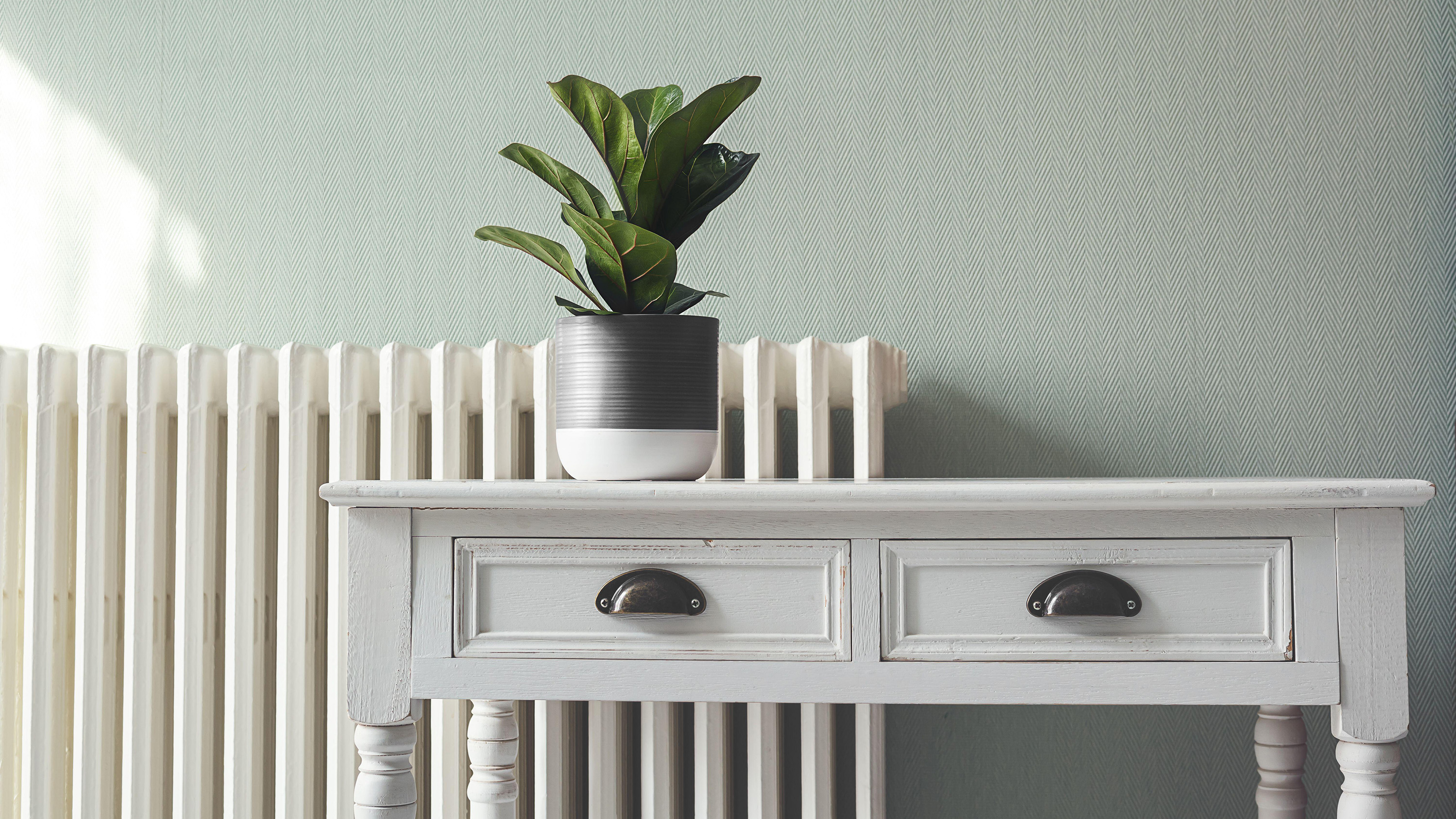

Finding your fiddle leaf fig drooping is surprisingly common. These houseplants have a reputation for being botanical divas that need everything 'just right' in order to thrive. Thankfully, drooping leaves can be easy to fix and our expert guide will help you to identify the cause and solve the problem.
Once you've got your plant back on track it's important to know how to care for a fiddle leaf fig to prevent your Fiddle Leaf Fig drooping once again.
Why is my Fiddle Leaf Fig drooping?
Natalie Bourn from Between Two Thorns explains that 'the most likely cause of a fiddle leaf fig drooping is that it has had too much or not enough water.'
To assess whether this is the case for your plant, you must test the soil. You should always test your houseplants before watering them. 'Do this by probing your finger into the soil – go up to your second knuckle. Judging the moisture levels of the plant by only testing the soil surface is not an accurate enough measure, you want to feel if there’s still moisture being retained further down in the soil,' explains Kelly Dyer of Patch Plants. Carry out this test before every watering to prevent overwatering your plant.
Fiddle leaf figs are not one of the most low-maintenance houseplants, but using a moisture meter like this one from Amazon, can make caring for a fiddle leaf fig much easier. It will tell you the moisture level deep within the soil without the need for you to get your fingers dirty.
1. You are overwatering your fiddle leaf fig
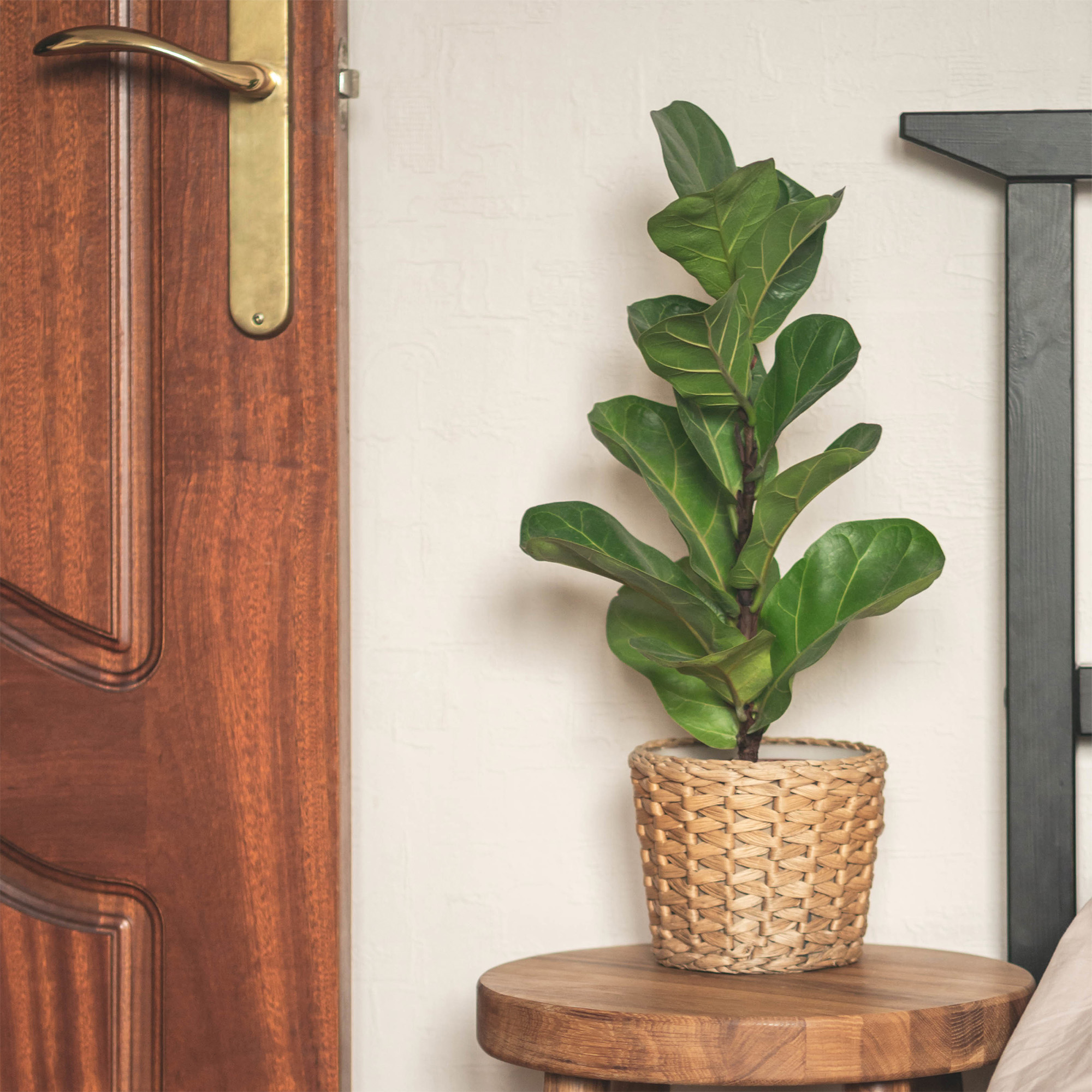
If you test the soil and it is fully saturated, then the first step is to make sure that your fiddle leaf fig not standing in water – this can often be the case if the plant is watered in its cover pot or has not finished draining before it is placed back in its pot. To avoid this in future, always check the cover pot half an hour after watering and empty out any excess. You can then take steps to save an overwatered plant.
The next thing to check is the draining holes – are there enough and are they blocked? When you water the plant, water should drain freely through the holes. If this is not the case, repot into a pot with larger drainage holes.
Get the Ideal Home Newsletter
Sign up to our newsletter for style and decor inspiration, house makeovers, project advice and more.
If it is just a case of watering too frequently, then simply reduce the watering frequency. 'As a general rule, check the soil and water when a third of the soil is dry. Water less in winter and more frequently during the growing season. Plants in shadier locations will need less water than those in brighter spots,' says Natalie Bourn from Between Two Thorns.
2. You are under-watering your fiddle leaf fig
If your fiddle leaf fig isn't getting enough water, it will start to droop and the leaves will feel crispy. You can easily test if your plant is under-watered by feeling the soil – if it is dry or the soil has contracted away from the sides of the pot, then chances are you need to water more consistently and possibly with more water.
Something to check if your plant appears under-watered is whether it needs repotting. As the roots grow larger, they displace the soil. The soil holds the water that the roots then absorb – so less soil means less water entering the roots.
To test this, remove the plant from its pot and see how it looks. If you can see more roots than soil or the roots are growing in tight circles – then it's time to repot. This is a common issue as fiddle leaf fig is a fast-growing houseplant.
3. You've recently moved it
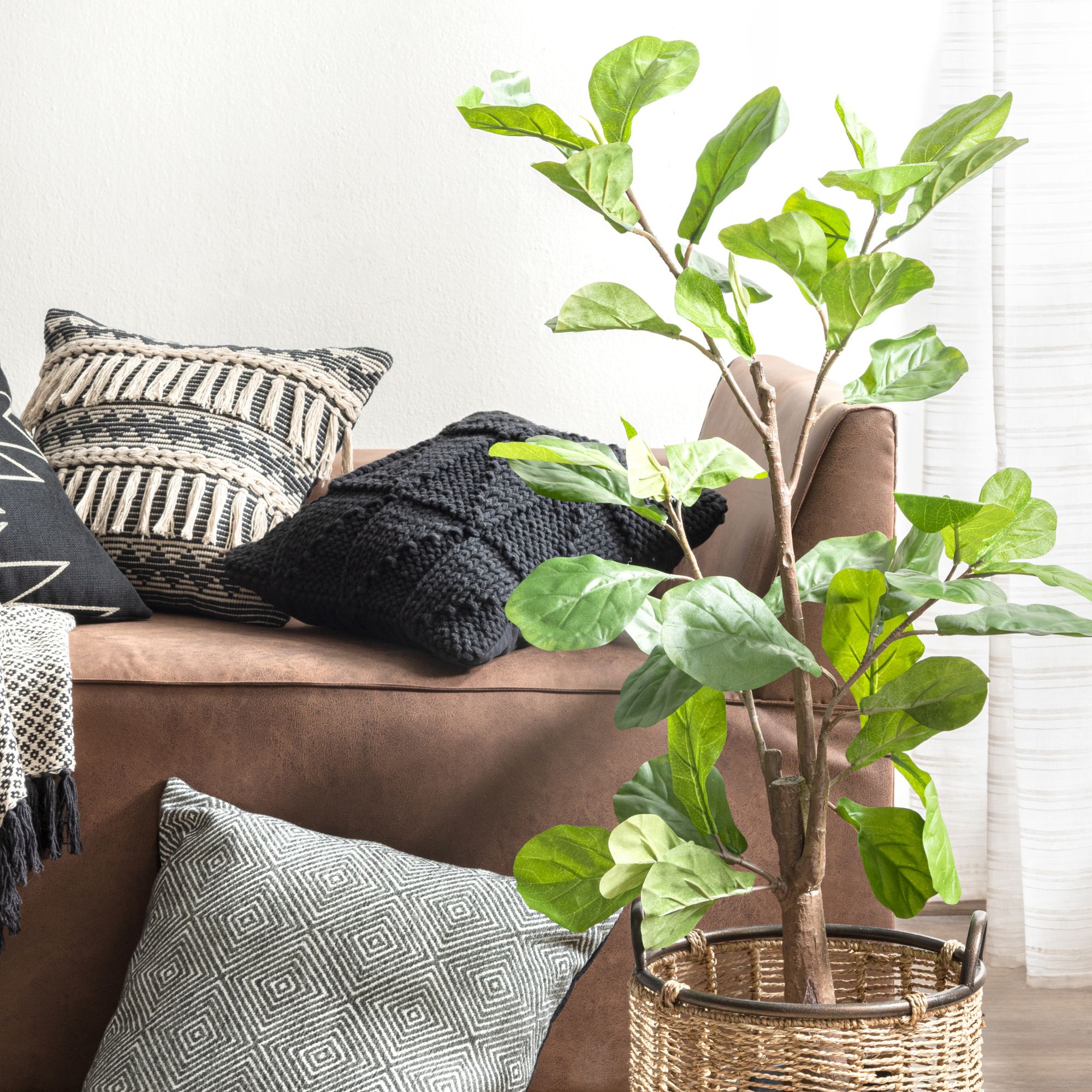
Despite being an Instagram favourite, fiddle leaf figs have a reputation for being fussy plants – and that is true to some extent.
'Think carefully about where you place your plant as once in situ it shouldn’t be moved as this can cause shock where it sheds its leaves. You may find that it loses some leaves after transporting it home from the garden centre but it should stabilise within a couple of weeks,' explains Angela Slater, gardening expert at Hayes Garden World.
Sometimes it is just a case of waiting it out and seeing if the plant perks up once it's settled in its new home. Over-loving a plant can sometimes cause more harm than good.
It is a good idea to choose the spot for your plant before you purchase it – so as to limit the need to move it. 'Fiddle leaf fig thrive in bright, indirect light. Place it near a sunny window with filtered light, avoiding direct sunlight, which can burn the leaves. A spot in your home with consistent temperature (away from drafts, heaters, or air conditioning) is perfect!' says Emma Powell from Beards & Daisies.
4. It needs more sunlight
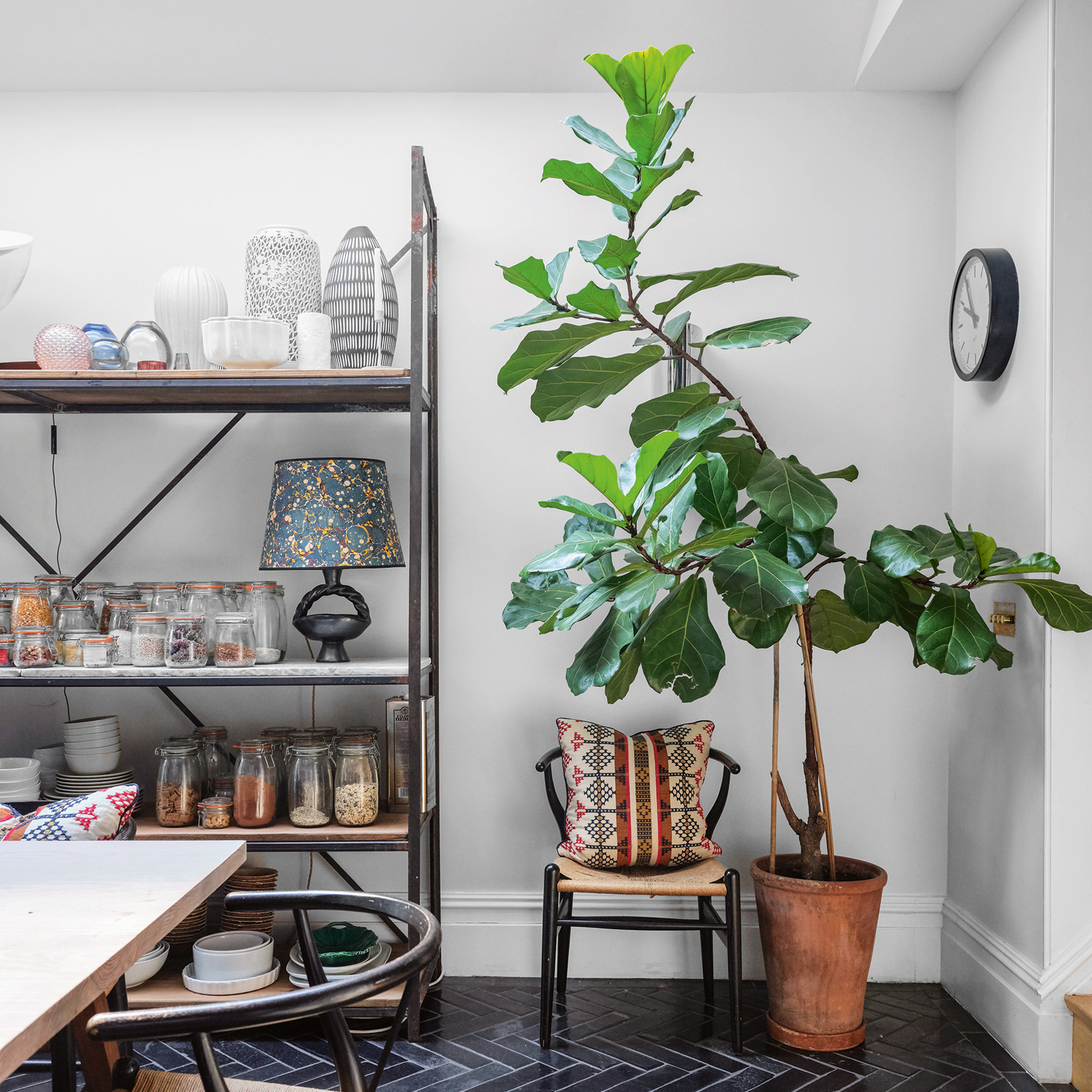
Too little light can contribute to a fiddle leaf fig drooping.
'Fiddle leaf fig needs a light spot but not in direct sunlight and away from the draught of a window, door or fireplace. If it receives too much sun, the leaves will tend to develop brown patches and if it is too shady, it won’t put on any growth so the ideal spot is essential,' says Angela Slater, gardening expert at Hayes Garden World.
5. It's in a draught
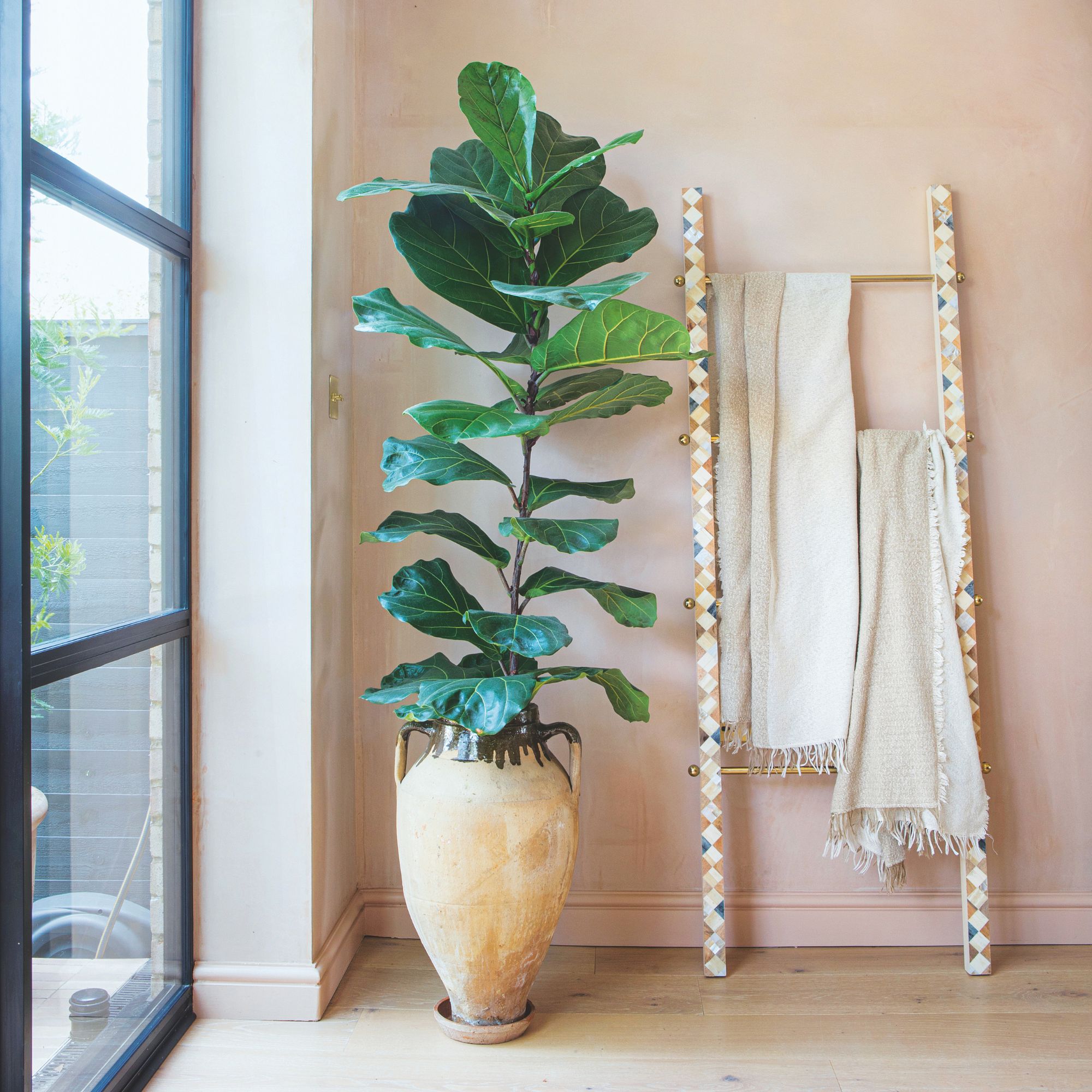
Inconsistency is the enemy of the fiddle leaf fig so ensuring that the temperature remains the same is vital – especially as spikes or drops in the temperature around the plant can cause the leaves to start dropping.
Avoid placing it in front of a window, where draughts can cause shock, or too close to radiators or external doors.
6. Your fiddle leaf fig is lacking nutrients
If none of these issues seem the likely cause of your fiddle leaf fig drooping, then it could be that the plant is lacking nutrients.
'In reality, most composts only have enough food to keep them going for about 6 months. After that, they require regular feeding with plant food during their growing season – from late spring to late summer – to top them up,' says Kelly Dyer, in-house plant doctor at Patch Plants.
To refresh your plant, consider refreshing it with new compost and then adopt a regular feeding schedule. Try plant food spikes like these from Amazon for an easy solution.
'Feed the plant with a multi-purpose houseplant fertiliser once a month during the growing season; stop feeding between October and February. Feed the recommended concentration on the particular fertiliser- don’t be tempted to increase the dose. This doesn’t make the plant grow more, it just increases the concentration in the soil where the water moves from the roots into the soil rather than from the soil into the roots, resulting in the fidde leaf fig drooping and being too dry even when the soil is well watered,' says Angela Slater, gardening expert at Hayes Garden World.
Follow this advice and your fiddle leaf fig should be thriving again in no time.

Holly is one of Ideal Home’s content editors. Starting her career in 2018 as a feature writer and sub-editor for Period Living magazine, she has continued this role also adding regular features for Country Homes & Interiors and the Ideal Home website to her roster. Holly has a passion for traditional and country-inspired interiors – especially kitchen design – and is happiest when exploring the countryside and hills of the Lake District. A keen gardener, she is a strong believer that you can never have too many houseplants.
-
 Watch out for these 5 weeds that seed early – experts say this is how to deal with them fast before they take over your garden
Watch out for these 5 weeds that seed early – experts say this is how to deal with them fast before they take over your gardenThese weeds need your attention – and fast – if you want to keep them from spreading like wildfire...
-
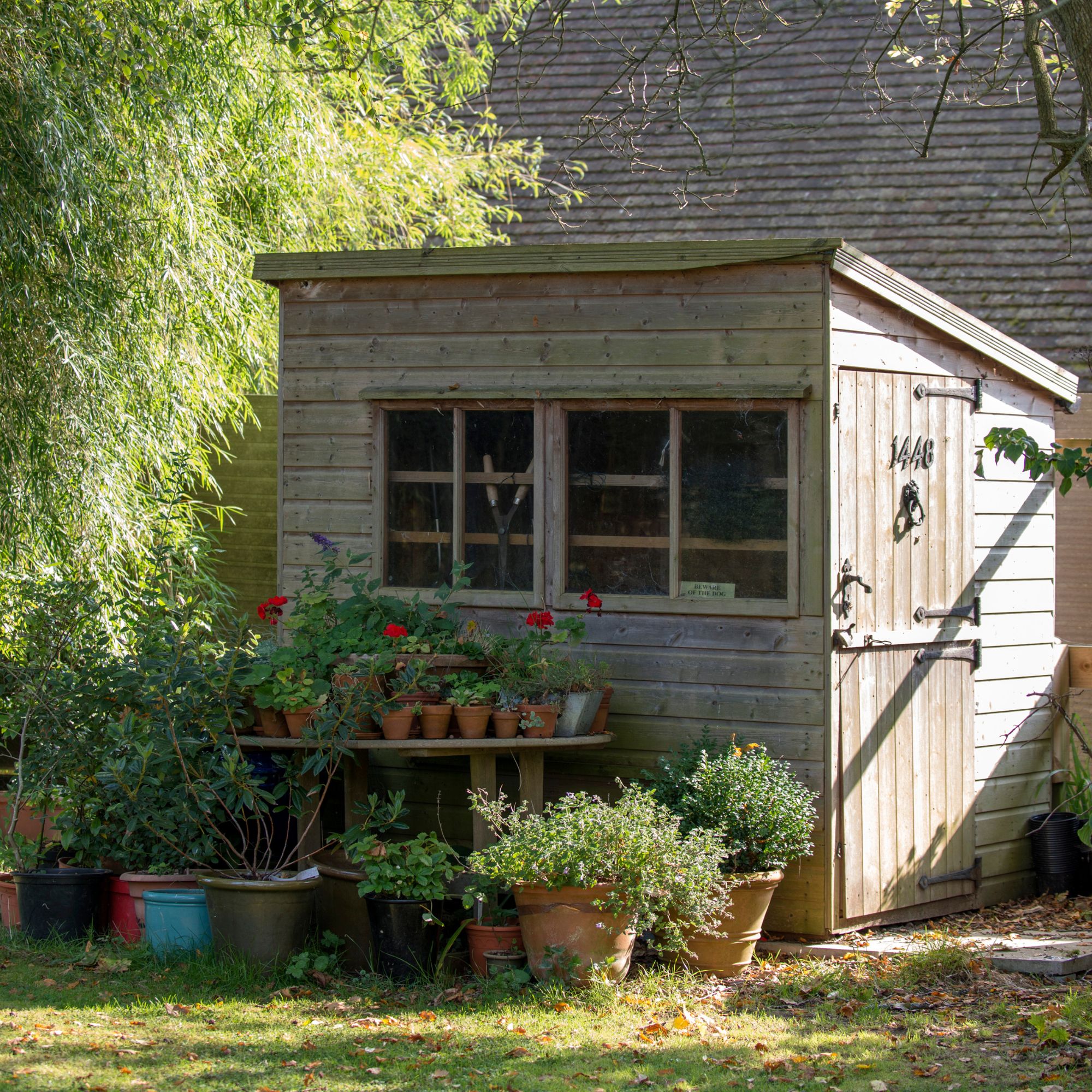 Pest experts reveal the reason why you should never store bird seed in your shed
Pest experts reveal the reason why you should never store bird seed in your shedRats love bird seed just as much as birds do...
-
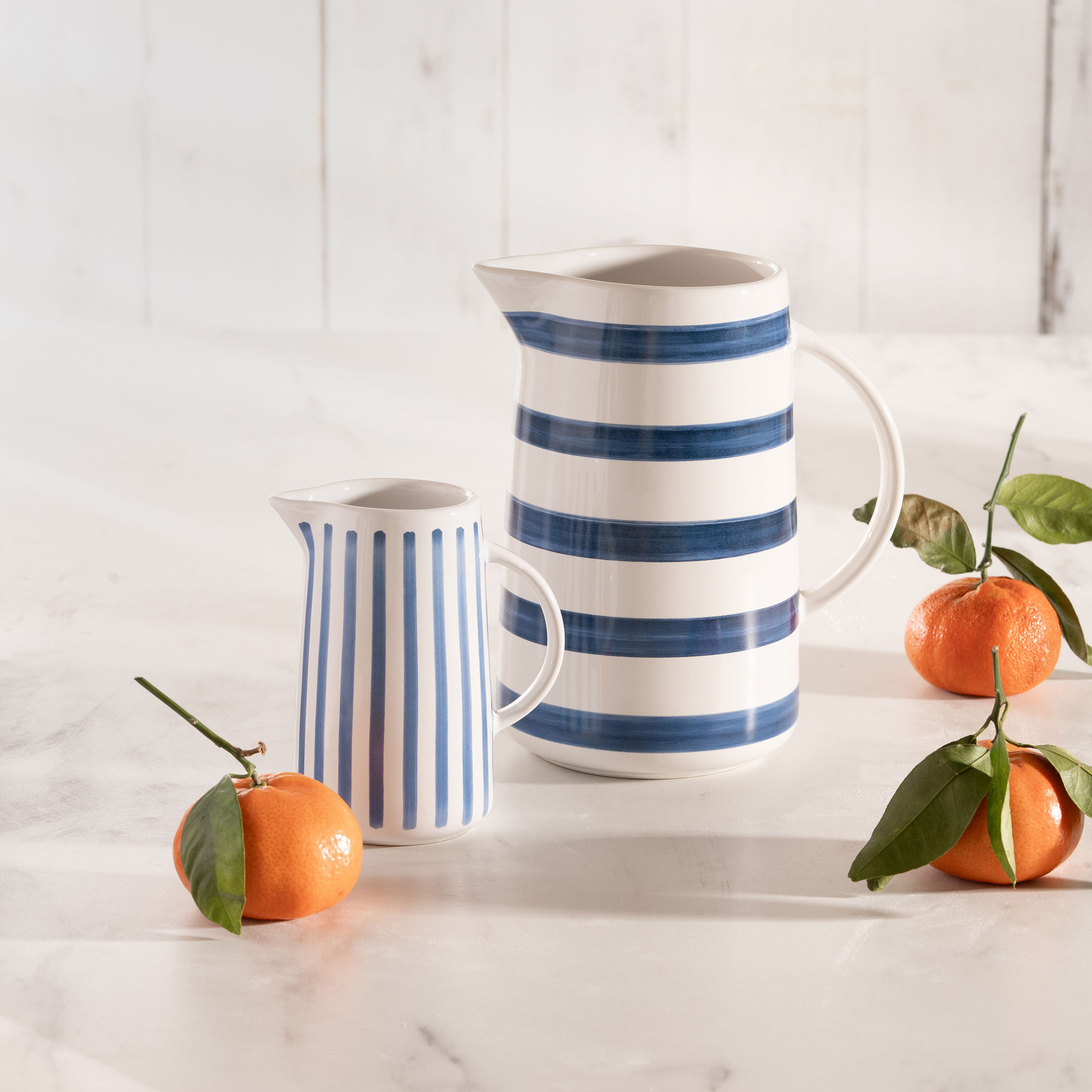 Mary Berry reveals her new tableware collection, packed with Mediterranean charm – here are 6 things to add to your wishlist
Mary Berry reveals her new tableware collection, packed with Mediterranean charm – here are 6 things to add to your wishlistIt's a striped and patterned dream